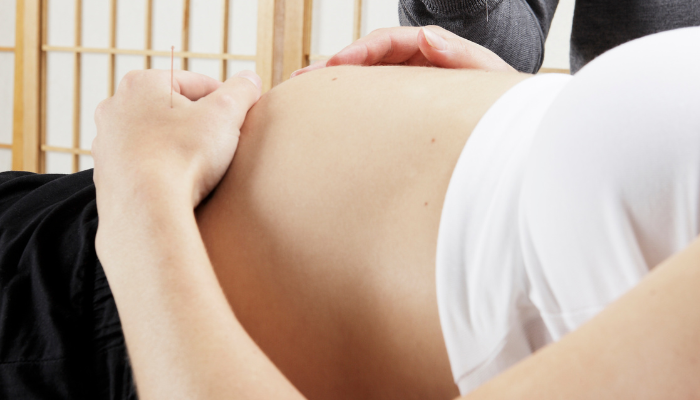Giving birth is a deeply transformative experience, and the type of care women receive during labor and delivery (L&D) can have lasting physical and emotional effects. This is especially true for women who wish to take an active role in their labor experience.
In recent years, labor induction (IOL) has become a more common medical intervention. While studies suggest that IOL can be a safe option with outcomes comparable to expectant management, some women report negative experiences after undergoing IOL. These include increased pain, longer labor, a greater need for medical interventions, and a lack of autonomy and support during the process.
In contrast, spontaneous labor tends to minimize interventions, medicalization, and can result in a more positive birth experience.
Why Induction is Offered
Labor induction is often recommended when continuing the pregnancy poses risks for the mother or baby. Common reasons include:
- Pregnancy extending beyond the due date
- Pre-term or pre-labor rupture of the membranes
- Health concerns like pre-eclampsia or poor fetal growth
However, many women seek complementary therapies, like acupuncture, alongside conventional medical practices to naturally induce labor.
Acupuncture and Labor Induction
Acupuncture involves inserting fine needles into specific points on the body, while acupressure uses manual pressure. Both techniques have been traditionally used to help soften and dilate the cervix and encourage the onset of labor contractions. By supporting the body’s natural processes, acupuncture may help reduce labor pain and avoid the need for more invasive induction methods.
The Growing Demand for Integrative Approaches
Medical inductions have increased worldwide, partly due to the rising age and obesity rates among pregnant women. While these inductions can be necessary, they may also come with side effects. As a result, many women are turning to integrative methods, like acupuncture, as a gentler approach to initiate labor.
Studies have shown promising results. Zamora-Brito et al. (2024) conducted a systematic review and found a statistically significant increase in spontaneous labor onset in women who received acupuncture compared to those who did not.
Smith et al (2020) found that acupuncture had the potential to reduced caesarean sections when acupressure was used in labor. Moreover, Levett et al. (2016) reported that acupressure has also shown to significantly reduce the need for epidurals and caesarean sections when used as part of a complimentary antenatal intervention.
Clinical Insights
Many women come to our practice believing that one acupuncture session is enough to induce labor. However, labor induction through acupuncture is often a gradual process, respecting the natural rhythm of the mother and baby. The mother and baby must have time to communicate and prepare for the journey ahead.
Women who experience success with acupuncture for labor induction typically come in frequently, often beginning at 36 weeks of pregnancy. Ideally at 36 weeks acupuncture is administrated 2-3 times a week to encourage beneficial hormonal responses for labor preparation. At 38 weeks women are coming in for acupuncture treatments every 2-3 days until labor commences. Patients are also provided handouts for their partner to start applying acupressure at home.
In some cases, women have been under our care throughout their pregnancy, which helps minimize adverse pregnancy outcomes and prepare the body for labor.
A Gentle, Empowering Approach to Birth
Labor is a profound dance between mother and baby, and acupuncture offers a holistic approach to supporting this process. By integrating acupuncture into their birth plan, many women can experience a more natural and empowered labor.
References:
Levett, K. M., Smith, C. A., Bensoussan, A., & Dahlen, H. G. (2016). Complementary therapies for labour and birth study: a randomised controlled trial of antenatal integrative medicine for pain management in labour. BMJ open, 6(7), e010691. https://doi.org/10.1136/bmjopen-2015-010691
Smith, C. A., Collins, C. T., Levett, K. M., Armour, M., Dahlen, H. G., Tan, A. L., & Mesgarpour, B. (2020). Acupuncture or acupressure for pain management during labour. The Cochrane database of systematic reviews, 2(2), CD009232. https://doi.org/10.1002/14651858.CD009232.pub2
Zamora-Brito, M., Fernández-Jané, C., Pérez-Guervós, R., Solans-Oliva, R., Arranz-Betegón, A., & Palacio, M. (2024). The role of acupuncture in the present approach to labor induction: a systematic review and meta-analysis. American journal of obstetrics & gynecology MFM, 6(2), 101272. https://doi.org/10.1016/j.ajogmf.2023.101272



0 Comments